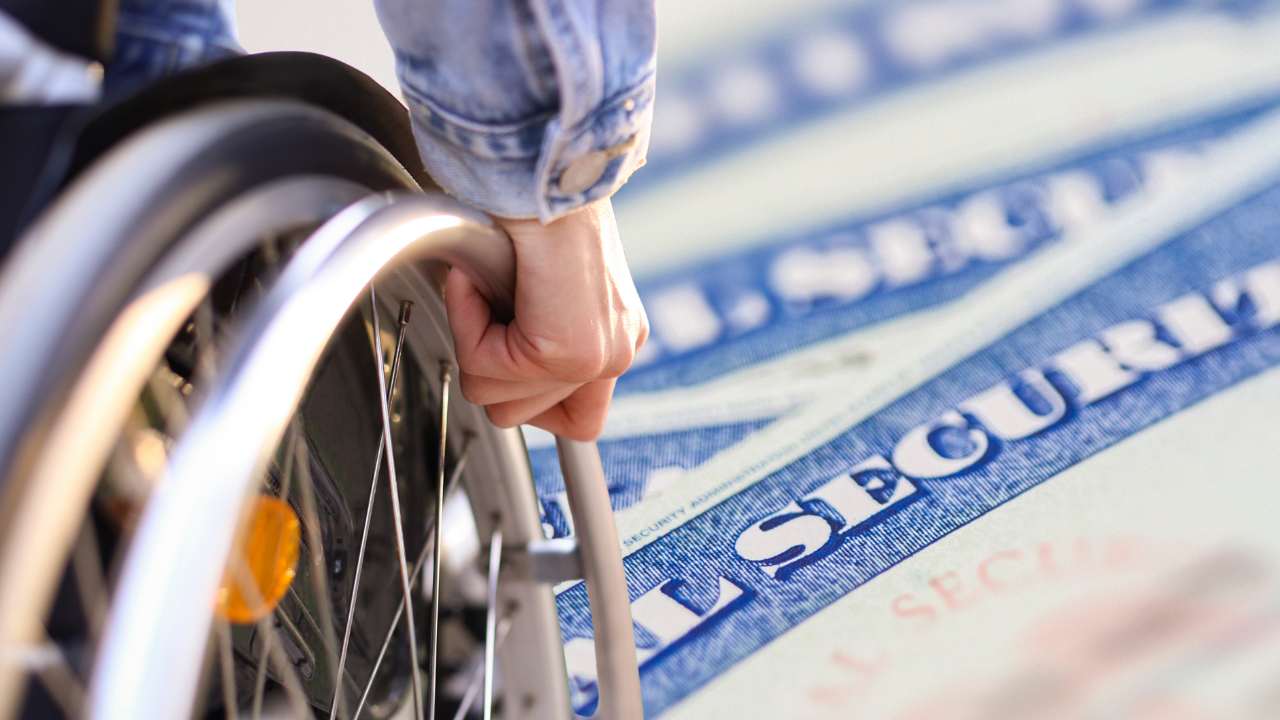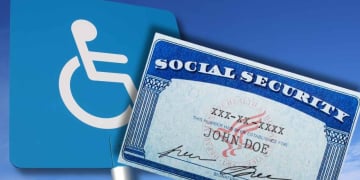If you receive Social Security Disability Insurance (SSDI) benefits and your birthday falls between the 1st and 10th of any month, mark Wednesday, June 11, 2025, in red on your calendar. That’s your payday, unchanged, as it happens every year at this stage of the calendar. The Social Security Administration has this system well established.
The SSDI schedule depends entirely on your birthdate. If you were born between the 11th and 20th, you’ll be paid on the third Wednesday of the month. For birthdays between the 21st and 31st, your payment arrives on the fourth Wednesday. If you started collecting before May 1997, or if you receive both SSI and SSDI, your money arrived on Tuesday, June 3, along with the first payment.
The importance of the 2025 COLA increase for SSDI
Thanks to the cost-of-living adjustment (COLA), there was a 2.5% increase in all monthly SSDI payments. This is automatically applied to help offset inflation. Your payment from January onward already reflects this increase, without you having to do anything.
Speaking of amounts, the average monthly payment in 2025 is around $1,581.88. Of course, this varies considerably depending on how much you earned before and your employment history.
On the other hand, the maximum amount someone can receive is $4,018 per month, but this only applies if you had a high and consistent income for several years before your disability.
SSDI has limits on how much you can earn while receiving it. This is called “Substantial Gainful Activity” (SGA). By 2025, if you’re not blind, the limit is $1,620 per month. If you’re legally blind, the threshold rises to $2,700 per month. Going over these amounts can jeopardize your benefit, so keep an eye on it.
Good news if you were affected by an overpayment: starting in April 2025, the Social Security Administration reduced the amount it can withhold from your monthly payment to recover that money. Previously, they could take 100% of your payment; now, they can only withhold up to 50%. This is a significant relief if there was an administrative error.
To make things more secure, there are stricter identity checks this year, especially if you use online services. Creating or logging into your account requires more verification steps. But don’t worry, if you find this difficult, you can always complete these procedures by phone or in person at local offices, proving your identity through other methods.
Other things you should know about your SSDI payments, requirements, and more
The SSA is pushing its digital platform hard. It’s incredibly useful for checking the status of your application, changing your address or phone number, and even downloading official letters. It gives you more control and transparency over your benefits. Furthermore, it’s worth checking out if you haven’t used it yet.
If you’re thinking about returning to work, there are programs designed to help you try without losing your SSDI suddenly. There’s a trial period where you can work and continue receiving your full pay. These are valuable opportunities to return to work with a cushion of security.
Don’t forget the basics: report any changes. If your health improves, if you start earning money, or if you feel you could work more, report it to the SSA. Failure to report these changes can lead to problems, such as suspensions or sanctions. It’s better to be safe than sorry.
The SSA continues to conduct regular medical checkups to see how you’re doing. In 2025, they’re focusing more on certain age groups and types of conditions where there’s a greater chance of improvement. This is part of the process to ensure benefits reach those who truly need them.




